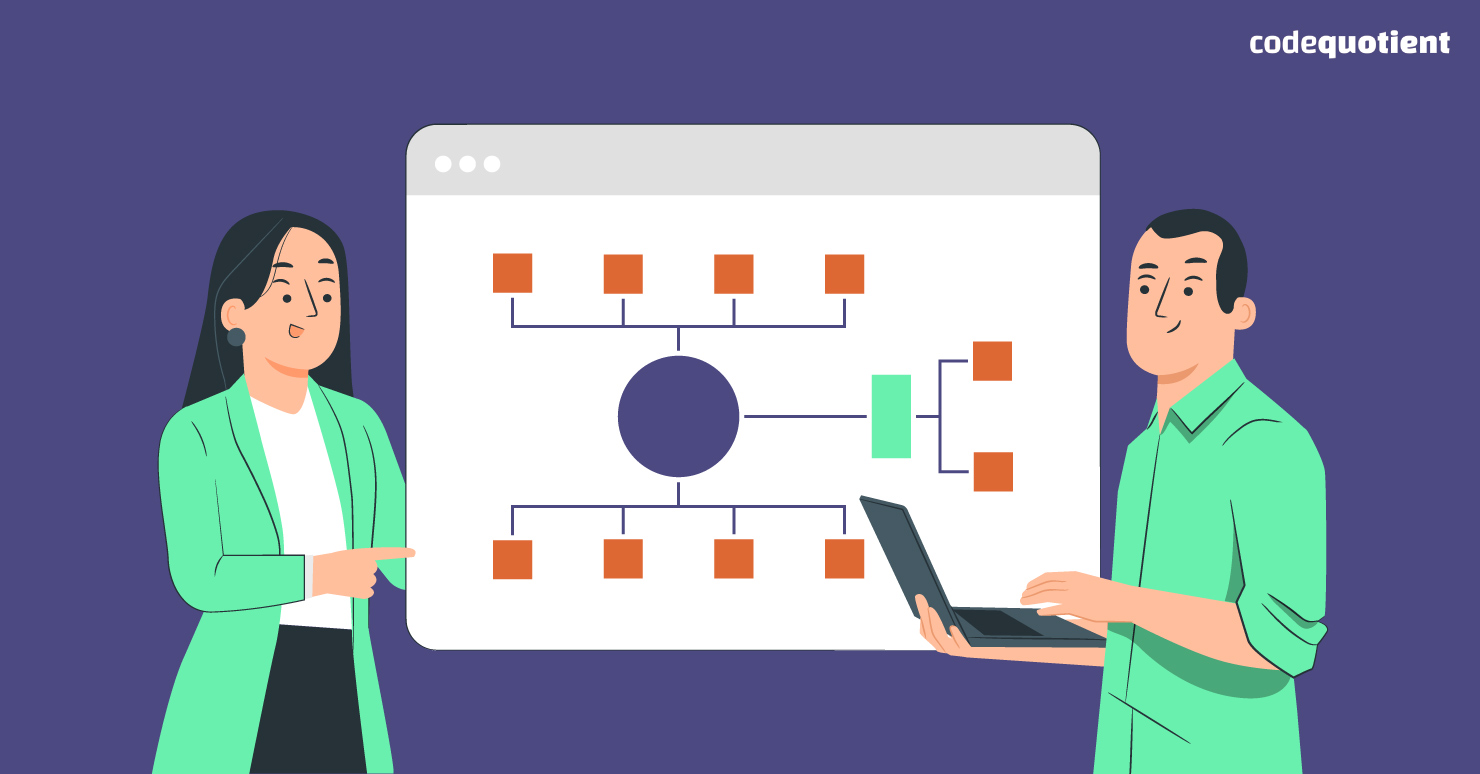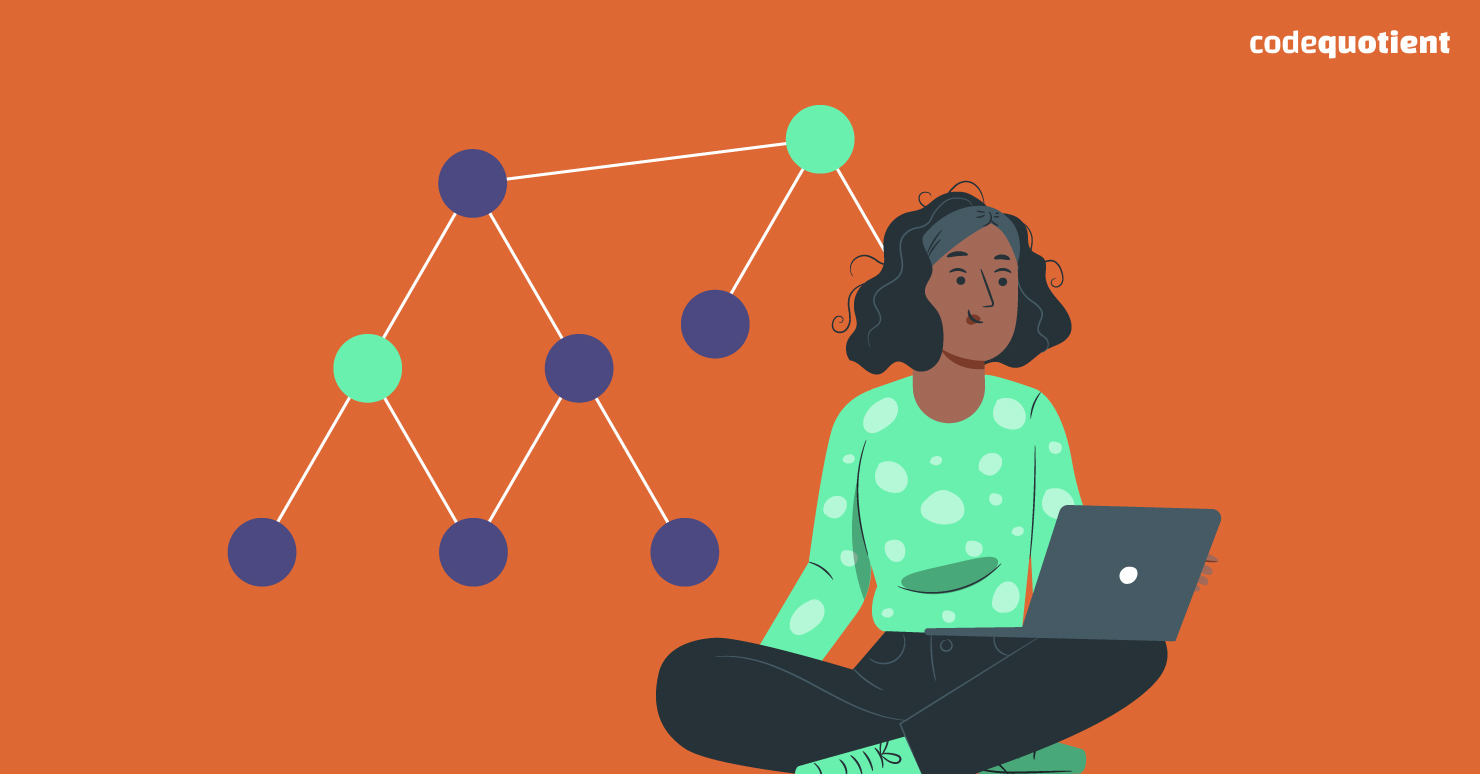Aspiring coders often find themselves overwhelmed by the vast amount of information they need to learn to become proficient in their field. One area that is particularly important yet challenging to master is data structures and algorithms.
Data structures are the building blocks of efficient code, while algorithms are the methods used to manipulate and process these structures.
This article will explore the importance of mastering data structures and algorithms and provide simple steps to help you unlock your coding potential.
Understanding Data Structures: The Building Blocks of Efficient Programming
Data structures refer to how data is organised and stored in a computer’s memory. They are fundamental building blocks for efficient and effective programming, and understanding data structures is essential for writing efficient algorithms and solving complex programming problems.
Learning Algorithms: The Key to Effective Problem Solving
An algorithm is a sequence of well-defined steps that solves a specific problem. It is a set of instructions that takes input data, performs a sequence of operations, and produces the desired output.
Algorithms are used in various fields, including mathematics, science, and computer science.
Steps for Mastering Data Structures and Algorithms

To master data structures and algorithms, you need to follow a structured and consistent learning path. Here are the six steps you can follow:
1. Creating long-lasting motivation
Learning data structures and algorithms requires effort and patience. You need to have long-term motivation to stay committed to the learning process. You can define your reason by setting achievable goals and understanding the benefits of mastering data structures and algorithms.
2. Comprehending the syllabus on data structures and algorithms for coding interviews
To get started, you need to clearly understand the syllabus for data structures and algorithms for a coding interview. The syllabus usually includes the following:
Data Structures: Linear & Non-Linear Data Structures
Here’s the data structures syllabus for coding interviews:
- Arrays and Strings: Basic operations and manipulation, Sorting and searching, Hash tables.
- Linked Lists: Singly-linked lists, Doubly linked lists, Circular linked lists, Basic operations and manipulation.
- Stacks and Queues: Implementing with arrays and linked lists, Basic operations and manipulation.
- Trees and Graphs: Binary trees, Balanced trees (AVL trees, red-black trees), Heaps and priority queues, Graph representation (adjacency matrix, adjacency list), Graph traversal (BFS, DFS), Shortest path algorithms (Dijkstra, Bellman-Ford).
Algorithms: Fundamentals of Programming & Algorithms
Here’s the syllabus of algorithms for coding interviews:
- Algorithmic and Mathematical Thinking: This topic covers basic mathematical concepts and principles such as logic, set theory, combinatorics, probability, and discrete maths.
- Sorting Algorithms: Bubble Sort, Selection Sort, Insertion Sort, Quick Sort, Merge Sort, Heap Sort, Radix Sort.
- Searching Algorithms: Linear Search, Binary Search.
- Dynamic Programming: Memoization and tabulation techniques, Knapsack problem, Longest common subsequence, Edit distance, Fibonacci sequence.
- Greedy Algorithms: Activity selection problem, Huffman coding.
- Backtracking Algorithms: N-Queens problem, Sudoku solver.
- Divide and Conquer: Binary search, Strassen’s algorithm for matrix multiplication, Closest pair of points in a plane.
- Miscellaneous: Two-pointer algorithm, Sliding window technique.
Interview Preparation
This topic covers general interview tips, strategies, and specific advice for data structures and algorithms interviews.
3. Gathering the most optimal materials for both learning and honing skills
Numerous resources are available for learning data structures and algorithms, including textbooks, online courses, coding challenges, and coding platforms. You should select the resources best suited to your learning style and goals.
4. Discovering a reliable mentor & supportive learning communities
A good mentor or learning community can provide guidance, support, and feedback. You can join online communities, such as forums, social media groups, or online coding communities.
You can also find a mentor to help you navigate the learning process and provide feedback on your progress.
5. Developing a plan for ongoing learning
To master data structures and algorithms, you need to follow a structured learning plan. A continuous learning plan should include a schedule, study goals, and milestones. You should also track your progress regularly to monitor your learning.
6. Initiating a regimen of ongoing learning pursuits
Consistent practice is essential for mastering data structures and algorithms. You can start with simple problems and gradually move to more complex ones.
It’s also important to regularly review the concepts you’ve learned and test your knowledge by solving coding challenges.
Important Tips for Mastering Data Structures and Algorithms
In addition to the steps above, some tips can help you master data structures and algorithms:
- Consistent practice and repetition are key to retaining information and developing a deep understanding of the topic.
- Utilise resources such as textbooks, online courses, and coding challenges to reinforce your learning.
- Collaborate with peers and seek feedback on your code to improve your skills.
Applying Data Structures and Algorithms in Real-World Scenarios
Data structures and algorithms are used in many real-world applications, including web development, machine learning, and more.
Understanding these concepts can improve coding efficiency and problem-solving skills, making you a more valuable and effective developer.
Crack the Code to Success: Master Data Structures and Algorithms with CodeQuotient
Mastering data structures and algorithms is critical to becoming a proficient and effective coder. It may seem daunting at first, but by following the steps & tips outlined in this article.
With CodeQuotient’s Software Engineering Program (CQ-SEP), you can develop a deep understanding of these concepts and apply them to real-world scenarios.
It provides a chance to earn while you learn and grants you a UGC-Recognized Degree from a NAAC A+ accredited partner university. Along with gaining knowledge and learning in-demand skills, you can also acquire up to 2 years of relevant work experience and be assured of placements in top tech companies.
Apply today to take the first step towards a rewarding tech career.




